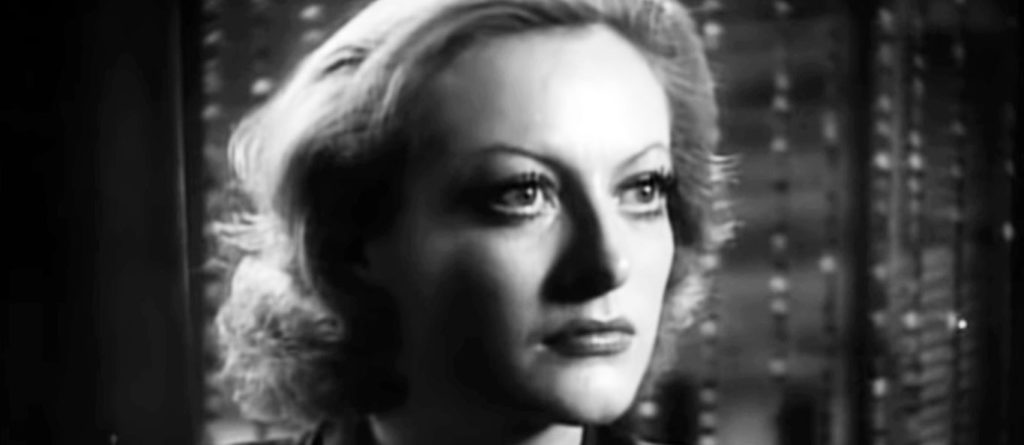Classic Hollywood: Idols of March (Part Two): Joan Crawford

You’ve probably heard the Mommie Dearest and “No-wire-hangers!” jokes. Or rumors of her Dueling Divas feud with Bette Davis (who quipped, “She’s slept with every male star at MGM except Lassie”). But if you look beyond Joan Crawford: Glamorous Actress With Linebacker-y Shoulder Pads, you’ll find Lucille LeSueur: Damaged Survivor of a Wretched Childhood.
Lucille was born on March 23, 1906, but her father soon abandoned the family. A kindly stepfather came and went. Then her mother hooked up with a man who allegedly sexually assaulted Lucille. By age 10, she was forced to work off her private school tuition by scrubbing floors, serving meals, and enduring the taunts of rich students. Friendless and lonely, Lucille’s formal education ended in fifth grade, scarring her with a lifelong inferiority complex.
Desperate to flee her grinding poverty, Lucille burned with a driving ambition to become a star. She began dancing in nightclubs at 15, eventually hoofing it to Broadway, and in 1925, Los Angeles, where Metro-Goldwyn-Mayer signed her to a movie contract. They changed her name to Joan Crawford, and cast her in flapper roles, which led to her breakout performance in the hit pic, Our Dancing Daughters (1928).
Personally and professionally, Joan could be a bit of a drama queen. She married and divorced actors Douglas Fairbanks, Jr., Franchot Tone, and Philip Terry, while conducting an on-again, off-again affair with eight-time co-star Clark Gable. Crawford deeply resented losing the juiciest roles to Norma Shearer, wife of MGM production chief Irving Thalberg. Joan complained to friends, “How can I compete with Norma? She sleeps with the boss.”
Fortunately, the camera loved her. So did the fans. For 18 years, Joan was a top studio moneymaker – until MGM unceremoniously dumped her in 1943. (Want to catch Crawford in her prime? Check out Rain, Dancing Lady, Grand Hotel, Possessed, and The Women.)
Moving to Warner Bros. in 1944, Crawford masterminded a triumphant comeback in melodramas like Humoresque and her Oscar-winning turn as long-suffering “Mommie Doormat” Mildred Pierce. Off-screen, Crawford supported moochy relatives, adopted four children, married the CEO of Pepsi (who died, leaving her bankrupt); on-screen, she starred opposite scenery-chewing archenemy Bette Davis in Whatever Happened to Baby Jane?
When film roles dried up, Joan downshifted to TV. In 1969, she worked with a first-time director named Steven Spielberg on the pilot episode of the NBC series, Night Gallery. Crawford died on May 10, 1977 in New York City. The next year, estranged daughter Christina’s damning expose of Joan’s mothering skills, Mommie Dearest, became a runaway bestseller.
Classic Hollywood posts appear bi-monthly on The Music Hall blog.
